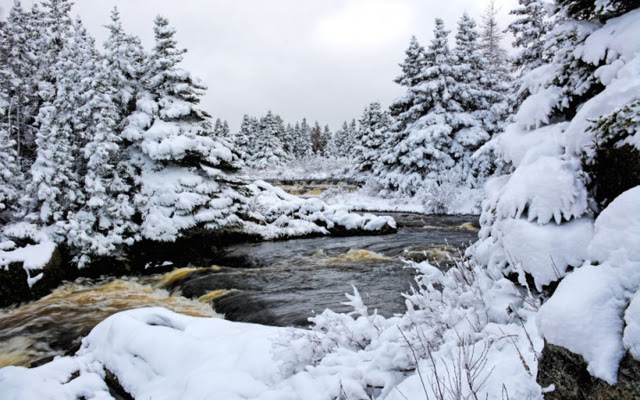Quck answer
The Great White North refers to the northern regions of Canada. It is a term often used to describe the vast and sparsely populated areas of the country, particularly those that experience long, harsh winters and are covered in snow. The term is also associated with Canadian culture and the stereotypical image of Canada as a cold and snowy land. While there is no exact definition of where the Great White North begins and ends, it generally encompasses the northernmost parts of the provinces and territories of Canada, including areas like Yukon, Northwest Territories, and Nunavut.

Let’s play a game of guessing. We are thinking of a nation. It is well-known for its maple syrup and hockey. It is also famous for its mountains and seemingly endless miles of snow, ice, and tundra. One of its most popular nicknames is the Great White North. Which country are we referring to? It’s Canada, of course!
Canada not only occupies most of the northern part of North America but also stretches almost to the North Pole! The town of Alert in the Nunavut territory is located just over 500 miles south of the North Pole and holds the title for the northernmost permanently-inhabited community in the world.
Although most of Canada’s approximately 35 million residents live much farther south, Canada covers an area of over 3.85 million square miles, making it the second largest country in the world after Russia. However, the majority of this land is comprised of rugged mountains, vast forests, and large expanses of frozen tundra. Nearly 80% of Canada’s population resides near the southern border with the United States.
In fact, Canada shares the world’s longest land border with the United States. When you take into account Canada’s climate, it becomes clear why most people choose to live near the southern border. While most of Canada experiences an extremely cold climate, the major cities along the southern border enjoy warm summers.
Just how big is Canada? Its width spans nearly 4,700 miles from the Atlantic Ocean to the Pacific Ocean. It encompasses six different time zones. Despite being the second largest country in the world, Canada has only one-half of one percent of the world’s population. This makes it a sparsely populated country with vast areas of wilderness.
The southern regions of Canada boast diverse ecosystems, ranging from lakes and rivers to mountains, plains, and forests. Northern Canada, on the other hand, is an Arctic expanse characterized by tundra, snow, ice, and massive glaciers. The few individuals who inhabit the north are often Native Canadians known as First Nations people, who sustain themselves through hunting and fishing.
Canada’s vast stretches of land are home to a wide array of wildlife that thrives in the cold climate. Some of the animals found in these areas include bears, moose, caribou, musk oxen, wolves, beavers, deer, mountain lions, otters, raccoons, rabbits, and bison.
Furthermore, Canada is a paradise for fishermen. In addition to numerous large rivers, Canada boasts over 2 million lakes. Collectively, these bodies of water hold about 20% of the world’s freshwater supply. They are also habitats for trout, salmon, and various other fish species.
Give It a Try
Are you ready to head north? Enlist the help of a few friends or family members to join you in exploring the following enjoyable activities:
Canada is often referred to as the “Great White North,” but its southern border is home to large cities that resemble metropolitan areas found in other countries. Take a Virtual Tour of Toronto, Canada online to get a glimpse of this modern city. If you want to learn about the provinces of Canada, check out an Interactive Map of Canada online. Challenge yourself to memorize the names and locations of the provinces. Choose one province and do some research online to discover at least five interesting facts about it. Share these facts with a friend. Have you ever wondered what it would be like to live just 500 miles south of the North Pole? Explore Alert, Nunavut: Top of the World online to learn about the northernmost permanently-inhabited community in the world.
For additional information and resources, you can visit the following websites:
– http://kids.nationalgeographic.com/explore/countries/canada
– http://www.kids-world-travel-guide.com/canada-facts-for-kids.html
– https://en.wikipedia.org/wiki/Canada





Leave a Reply